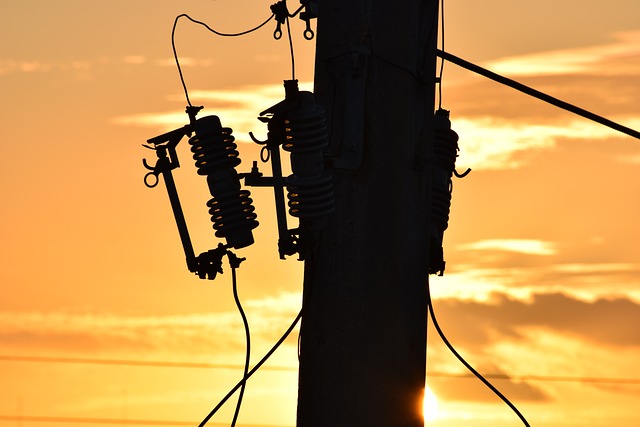Fiber optic structured cabling is a game-changer for data transfer with its speed, high bandwidth, and minimal signal loss, making it ideal for advanced technologies like 5G, AR, VR, and IoT. Its adoption in enterprise networks and telecom backbones ensures future-proof infrastructure for high-performance voice and data, streamlining communication and eliminating the need for separate infrastructures. Best practices in cabling installation, including proper management and high-quality connectors, further enhance network performance for applications like 4K video and IoT devices.
In today’s digital era, high-performance voice and data cabling solutions are pivotal for efficient network infrastructure. This article delves into cutting-edge technologies like fiber optic cabling, offering unparalleled speeds for data transfer, and structured cabling systems, designed for seamless network management. We explore voice and data integration, ensuring smooth communication, and highlight best practices for optimal cabling installation. By embracing fiber optic and structured cabling, businesses can revolutionize their connectivity and stay ahead in the tech race.
Fiber Optic Cabling: The Future of High-Speed Data Transfer
Fiber optic structured cabling is poised to revolutionize data transfer, offering unparalleled speed and bandwidth for today’s demanding networks. Unlike traditional copper cables, fiber optics transmit data using light pulses, enabling significantly higher data rates over longer distances with minimal signal loss. This technology isn’t just about faster internet; it’s a cornerstone of future-proof network infrastructure.
The adoption of fiber optic structured cabling is accelerating across various sectors, from enterprise networks to telecommunications backbones. Its ability to support 5G and beyond ensures that applications like augmented reality, virtual reality, and the Internet of Things (IoT) can thrive on the vast bandwidth and low latency it provides. This shift to fiber optics represents a significant leap forward in high-performance voice and data cabling solutions.
Structured Cabling Systems: Efficient Network Infrastructure Design
Structured Cabling Systems, particularly fiber optic structured cabling, represent a cornerstone in designing efficient network infrastructure. These systems organize and categorize cables methodically, allowing for streamlined data transmission and voice communication. By employing standardized configurations, such as TIA/EIA-568 standards, networks become more manageable, scalable, and future-proof.
The benefits of fiber optic structured cabling are significant. It supports higher bandwidth capacities, enabling faster data transfer rates crucial for today’s digital demands. Its resilience to interference ensures signal integrity, reducing signal degradation over long distances. This advanced infrastructure design facilitates seamless integration of various network components, enhancing overall system performance and reliability.
Voice and Data Integration: Seamless Communication Solutions
Voice and data integration through advanced fiber optic structured cabling has revolutionized communication within businesses. This seamless fusion ensures that voice calls and data transmission operate on a single, robust network, eliminating the need for separate infrastructure. The result is improved efficiency, reduced costs, and enhanced productivity.
With fiber optic structured cabling, high-speed data transfer and crystal-clear voice quality become the norm. This integration allows for the creation of comprehensive communication solutions tailored to an organization’s specific needs, enabling seamless collaboration between employees and partners alike.
Enhancing Performance: Best Practices for Cabling Installation
Enhancing performance through best practices in cabling installation is paramount for any high-performance voice and data network. One of the key drivers is the adoption of fiber optic structured cabling. This technology offers significantly higher bandwidth, enabling faster data transfer rates crucial for modern applications like 4K video streaming, virtual reality, and IoT devices.
Best practices involve meticulous planning, starting with a thorough site survey to identify cable routes and avoid potential obstacles. Proper cable management, including organized labeling and secure routing, ensures minimal interference and optimizes signal integrity. Using high-quality connectors and terminations is also essential to prevent signal loss and maintain the superior performance offered by fiber optic cabling.
High-performance voice and data cabling solutions, including advanced fiber optic structured cabling, are revolutionizing network infrastructure. By embracing technologies like fiber optics and well-designed structured cabling systems, businesses can achieve unprecedented speed, efficiency, and reliability in both data transfer and communication. Voice and data integration ensures seamless operations, while best practices in installation enhance overall system performance. As we move forward, these cutting-edge cabling solutions will continue to shape the digital landscape, enabling organizations to stay competitive and meet the ever-growing demands of today’s connected world.
